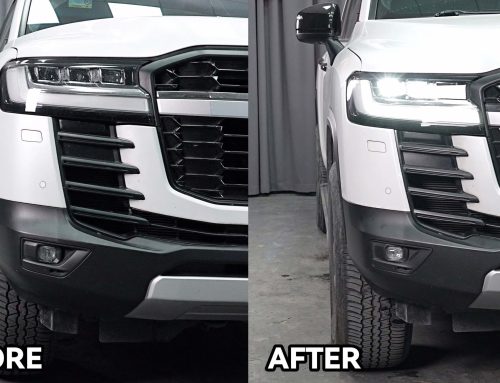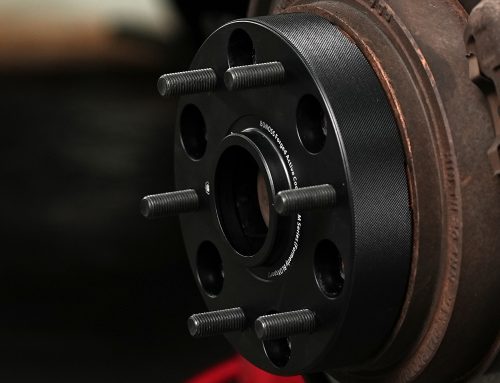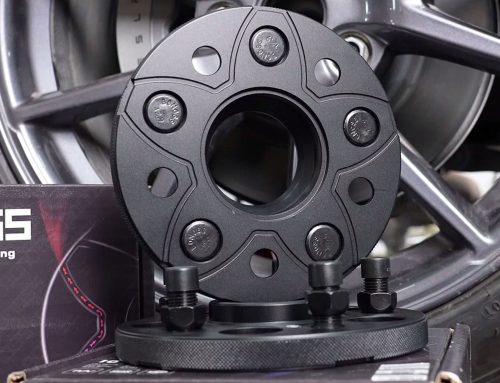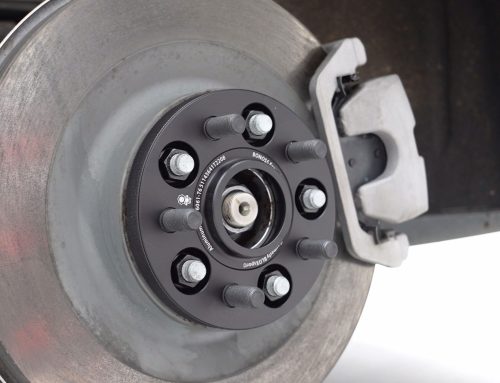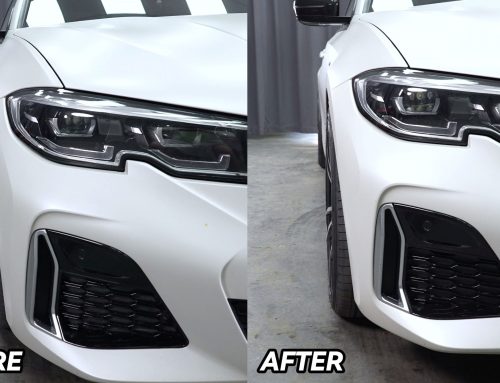Quality 1-inch wheel spacers will not fail. As long as you install them correctly, they should work well forever. This entails purchasing high-quality spacers from reputable companies and having them installed by professional mechanics. Vehicle-specific 1-inch wheel spacers will fit securely between the wheel and hub assembly. This means no vibration on the highway. And they should be of appropriate size so that you will not have any potential rubbing issues.
If properly installed, then 1-inch wheel spacers are exactly safe. As a rule of thumb, when you are going to install wheel spacers thicker than 1 inch, bolt-on type wheel spacers are better. They come with two sets of wheel bolts. The spacers are bolted onto the vehicle hub, and the wheels are secured onto the spacers. This ensures each set of bolts can achieve a full thread engagement, providing a snug wheel connection.
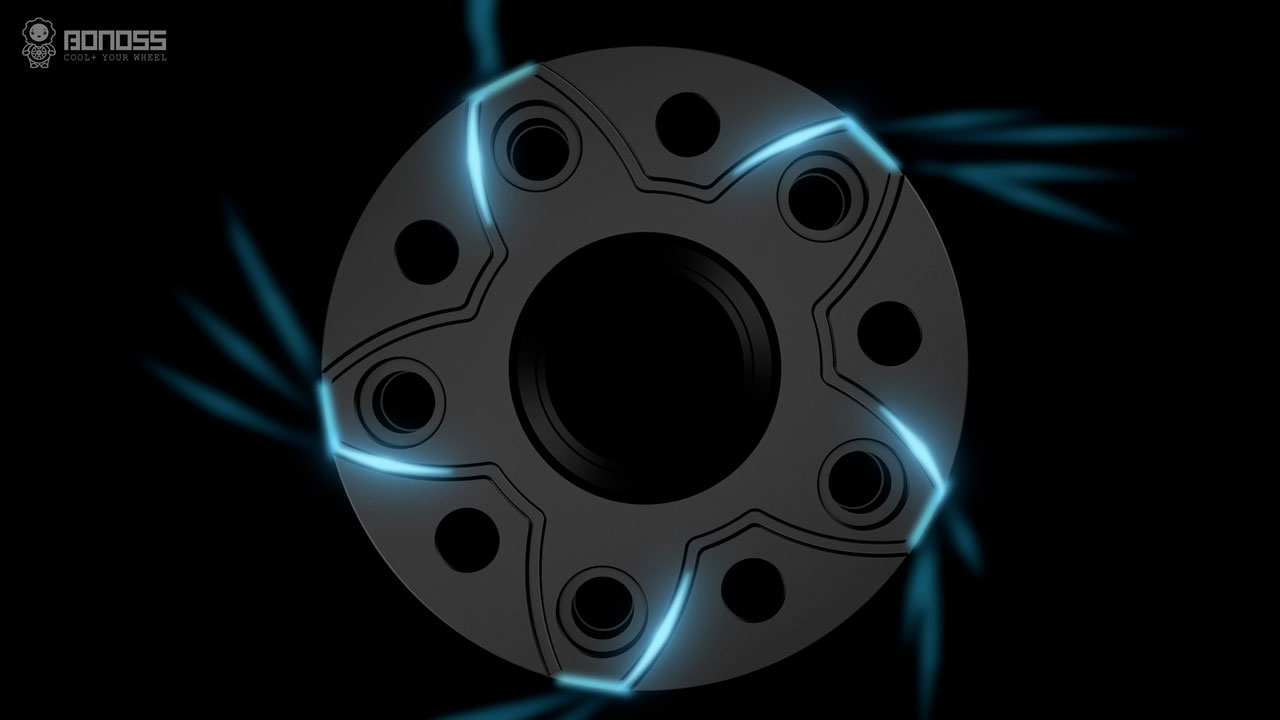
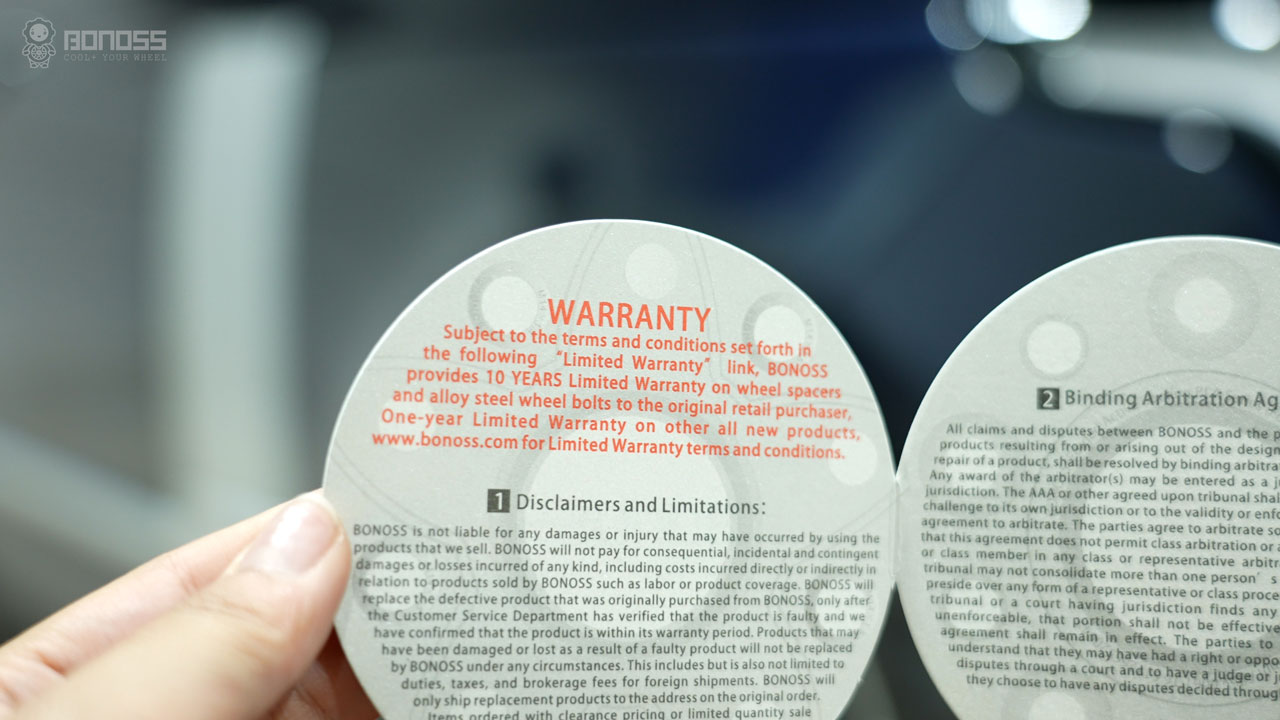
What 1-inch Wheel Spacers Are Safe?
When it comes to safe 1-inch wheel spacers, quality is everything. Wheel spacer failure may occur when they heat up under long, hard applications. In this case, BONOSS active cooling 1-inch wheel spacers send air into the rotors to keep temperatures down. They come with active cooling grooves which effectively dissipate heat. This is helpful to reduce thermal decay and improve road safety.
High-end spacers are precisely engineered with exacting specifications to fit your vehicle. To ensure a strong wheel-spacer-hub connection, they also provide ISO 12.9 wheel bolts as well as ISO grade 10 lug nuts. All BONOSS wheel spacer complete packages are supplied with SGS and TÜV authoritative certification reports. In addition, BONOSS 1-inch wheel spacers come with a 10-year warranty, which gives customers peace of mind.
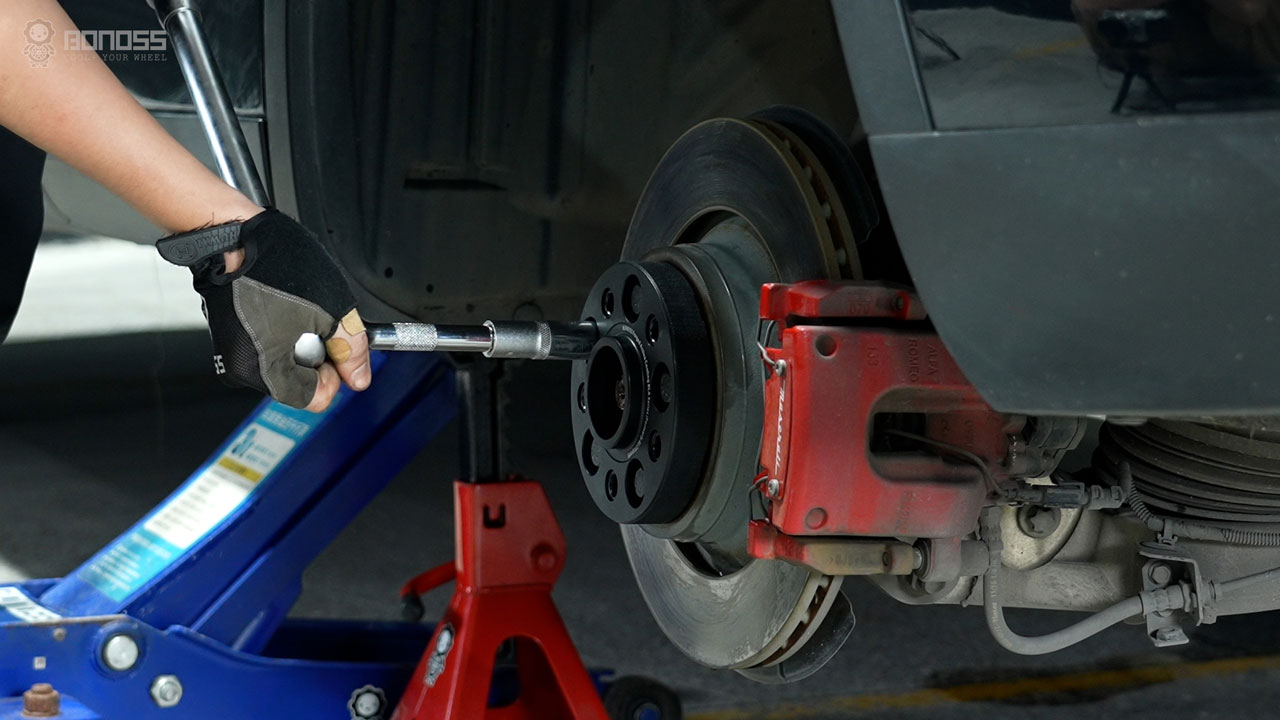
How to Keep 1-inch Wheel Spacers from Failure?
Properly torquing your 1-inch wheel spacers to the correct specifications ensures that they are snugly attached to the hub assembly. This means there will be no loosen wheel bolts or annoying wobbling problems. A torque wrench should be used to torque the lug bolts in a “star” pattern. With a standard click-style torque wrench, twist the bottom knob until you screw the handle to the appropriate torque, you can feel a click around the head of the wrench.
Whether 1-inch wheel spacers fail or not often depends on how people install them. In short, get a reputable set of hub-centric spacers, and torque them down appropriately. You should be fine. It is highly recommended to re-torque your new wheel spacers after the first 50 to 100 miles of driving. This is a nice insurance measure. Only if they are properly tightened to the correct spec will these 1-inch wheel spacers work well and last for a long term.


